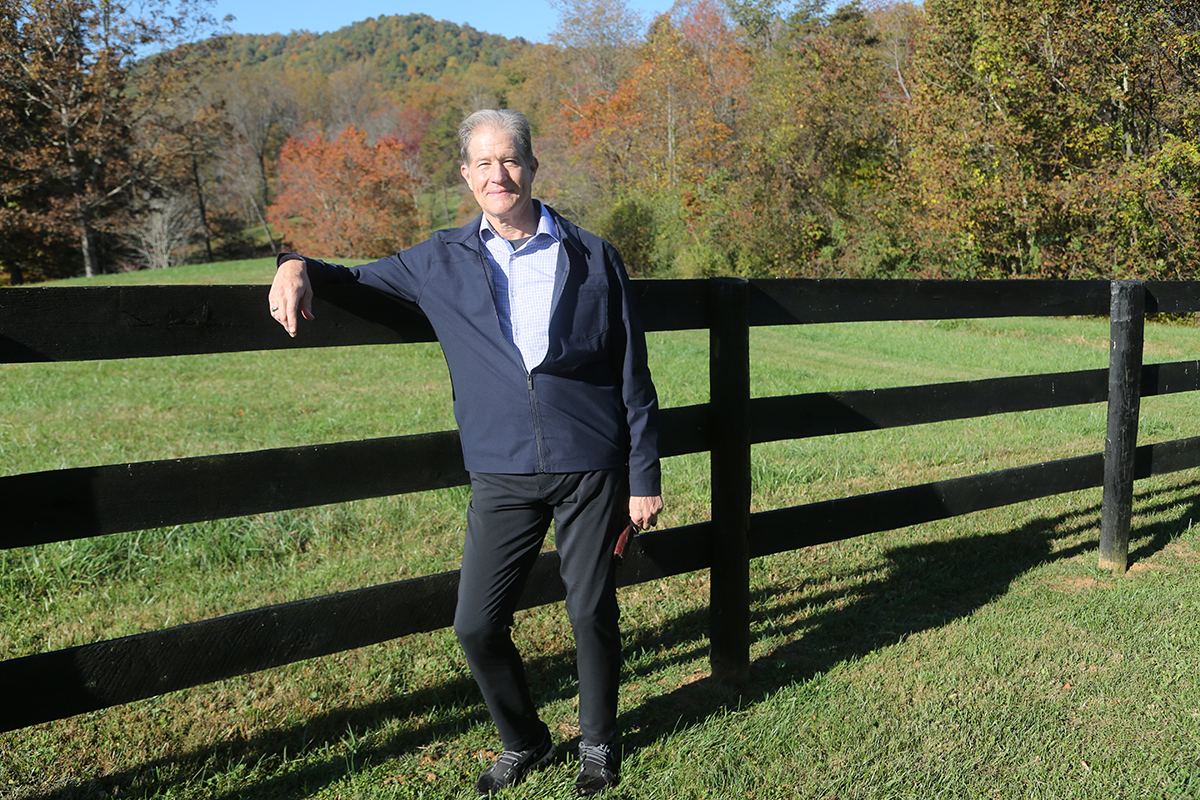Without trauma there is no healing, no resilience, no health and no wellbeing. Trauma and recovery are dance partners with very different steps but are nonetheless inseparable. Much of the time we can only watch the dance, the ebb and flow of injury and repair, illness and healing, despair and happiness – the valleys and peaks of our lives. But occasionally we can take the lead and help direct the dance steps through rituals of healing.
My patient, Barbara, was a twin, and in many ways she was just like her sister. But in other ways they were very different. In their 50s, Barbara developed chronic low back pain, a condition suffered by almost half of people throughout their lifetime. As with many such patients, multiple treatments were applied – medications, injections, physical therapy, chiropractic care, acupuncture. All these seemed to help temporarily. None of them could jolt her permanently out of the suffering from chronic pain and addiction to treatment. Her sister had no such back problems, though both she and Barbara had found almost identical collapsed discs on CT scans. Something held Barbara in a vice of pain while her sister enjoyed life without such suffering. It was not only the pain but the unfairness of it that hurt Barbara even further. She asked for surgery.
Surgery is the king of all therapeutic rituals, especially for subjective suffering like chronic back pain. It is also one of the most effective. People usually take a slow anticipatory approach by trying many other treatments first. Once they decide to get surgery, a team descends on them to reinforce their anticipation and prepare them for the ritual. They meet with the surgeon who describes the operation and they meet with the nurse who instructs them on how to prepare. They schedule appointments, get preoperative blood work and other tests. They fill out forms and check on their insurance. Then, they meet with the anesthesiologist to discuss how they will put them to sleep – a ritual “death” in someone else’s hands. Before this ritual is performed, they clean out their bowels, fast, and pray.
When the surgery is performed, it’s done in a magnificent and powerful setting. The stage is set. First, they go into a special preparatory room to get ready, wash, take off their clothes, and get last blessings from medical assistants, nurses and doctors. Friends and family wish them luck and send them prayers. They are made unconscious and rolled into the operating theater where the drama takes place, complete with bright lights and a cast of characters wearing masks and other costumes. Major trauma is inflicted physically on their body, and then they are awakened from their sleeping state and cared for as they slowly recover.
And recover they do. The overall response rate is over 85% for patients like Barbara who undergo back surgery. The trauma induces the recovery when embedded in the ritual. But what the surgeon actually does to Barbara’s back in the operating theater makes little difference in that recovery as long as she participates in the full ritual. The actual technique of the surgery does not contribute much to the recovery. A systematic review and meta-analysis of studies of surgery for back pain showed that when compared to sham surgery,
the recovery is equally as good for the fake. Sham surgery is defined as placebo surgery, or a procedure that eliminates the step that is considered the therapeutically necessary step. In patients like Barbara, 87% of their recovery occurs for those who simply go through the ritual. There is something about the process and the physical trauma of the surgery itself that induces healing. Only a ritual of trauma is needed for recovery.
Surgery is not the only traumatic ritual that can induce recovery. In fact, ritualized trauma is how our bodies heal all the time. It’s a universal process and a core part of what is called salutogenesis – the generation of healing.
One of the most effective approaches for recovery from post-traumatic stress, for example, is low-dose exposure to the stress that induced the disorder performed under controlled conditions. Similarly, vaccines mimic the trauma of an infection, which induces the immune system’s resistance to infection. High doses of toxins that normally would poison or kill the body induce an adaptive response when given low-doses – a universal phenomenon called hormesis. Exercise induces micro-trauma in the body that, during rest, accelerates recovery and fitness. Fasting stresses the metabolic processes of the body and results in improved health and longevity. And an existential crisis – the dark night of the soul – can result in a stronger faith and spiritual connection.
There is no health, recovery, or fitness without the traumas of life. It is the way we manage those ups and downs through the rituals we create that result in resilience, wellbeing, and even health and happiness. Dr. Gladys McGarey is a 102-year-old physician and the “mother of holistic medicine.” She has recently published a book, called “The Well-Lived Life,” in which she describes how to envelop your body, mind, and soul in the ritual of a healing response to recover from the traumas of life. The script for crafting a healing response includes meaning and purpose, movement, love, connection to others, and continual learning. They are applied in an Aikido dance of adaptability, turning the tragedy of the valleys into the peaks of wellbeing. They key is cultivating a mindset that is always looking for the rise to emerge from every low.
Learn the skills of recovery and embed them into your daily rituals. Then you will be ready to receive, and indeed even welcome, the traumas of life as essential to recovery.

